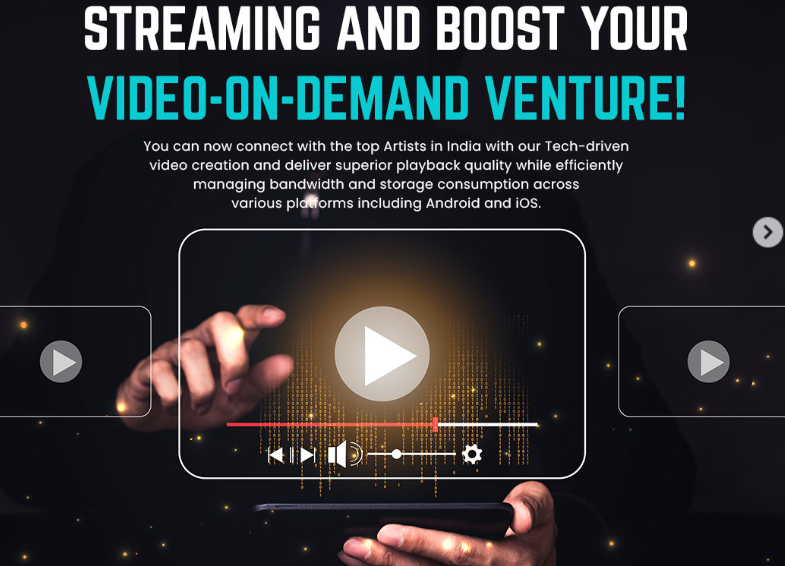Education Desk, Delhi – Magazine: Video on Demand (VOD) is a multimedia distribution system that allows users to access and watch video content at their convenience. With VOD, viewers can select and watch videos, movies, TV shows, or other multimedia content whenever they want, rather than being limited to a predetermined broadcasting schedule( Examples : Netflix, Amazon Prime, Hotstar). This technology has become increasingly popular with the growth of the internet and digital streaming services. Here are some key features and aspects of Video on Demand:
- On-Demand Access: VOD platforms offer a library of video content that users can browse and select from. Viewers can choose what they want to watch and when they want to watch it.
- Wide Range of Content: VOD services often offer a wide variety of content, including movies, TV series, documentaries, educational videos, and more. Some platforms may also provide exclusive original content.
- Pause, Rewind, and Fast Forward: Users typically have control over playback, allowing them to pause, rewind, and fast forward through the content as they see fit. This interactivity is a significant advantage over traditional television broadcasting.
- Subscription-Based and Pay-Per-View: VOD services can be either subscription-based (e.g., Netflix, Amazon Prime Video) or pay-per-view (e.g., iTunes, Google Play Movies). Subscription-based services charge a monthly fee for access to a catalog of content, while pay-per-view services charge users for individual titles or rentals.
- Streaming and Downloading: VOD content can be streamed directly over the internet, or in some cases, users may have the option to download content for offline viewing. Streaming allows for immediate access, while downloading is useful for watching content without an internet connection.
- Device Compatibility: VOD services are often available on a wide range of devices, including smartphones, tablets, smart TVs, computers, and gaming consoles. This enables users to access content on their preferred devices.
- Recommendation Algorithms: Many VOD platforms employ recommendation algorithms that suggest content based on a user’s viewing history and preferences. This helps users discover new content they may enjoy.
- Ad-Free or Ad-Supported: Some VOD platforms offer ad-free content to subscribers, while others have ad-supported models, where users may encounter advertisements during playback.
- Global Availability: VOD services are often accessible internationally, providing access to a global audience and allowing content creators to reach a broader market.
Popular examples of VOD platforms include Netflix, Hulu, Disney+, Amazon Prime Video, YouTube, and HBO Max, among others. These platforms have transformed the way people consume video content, offering a more flexible and personalized viewing experience compared to traditional television broadcasting.
You would also like to read: What is Video Capturing.

